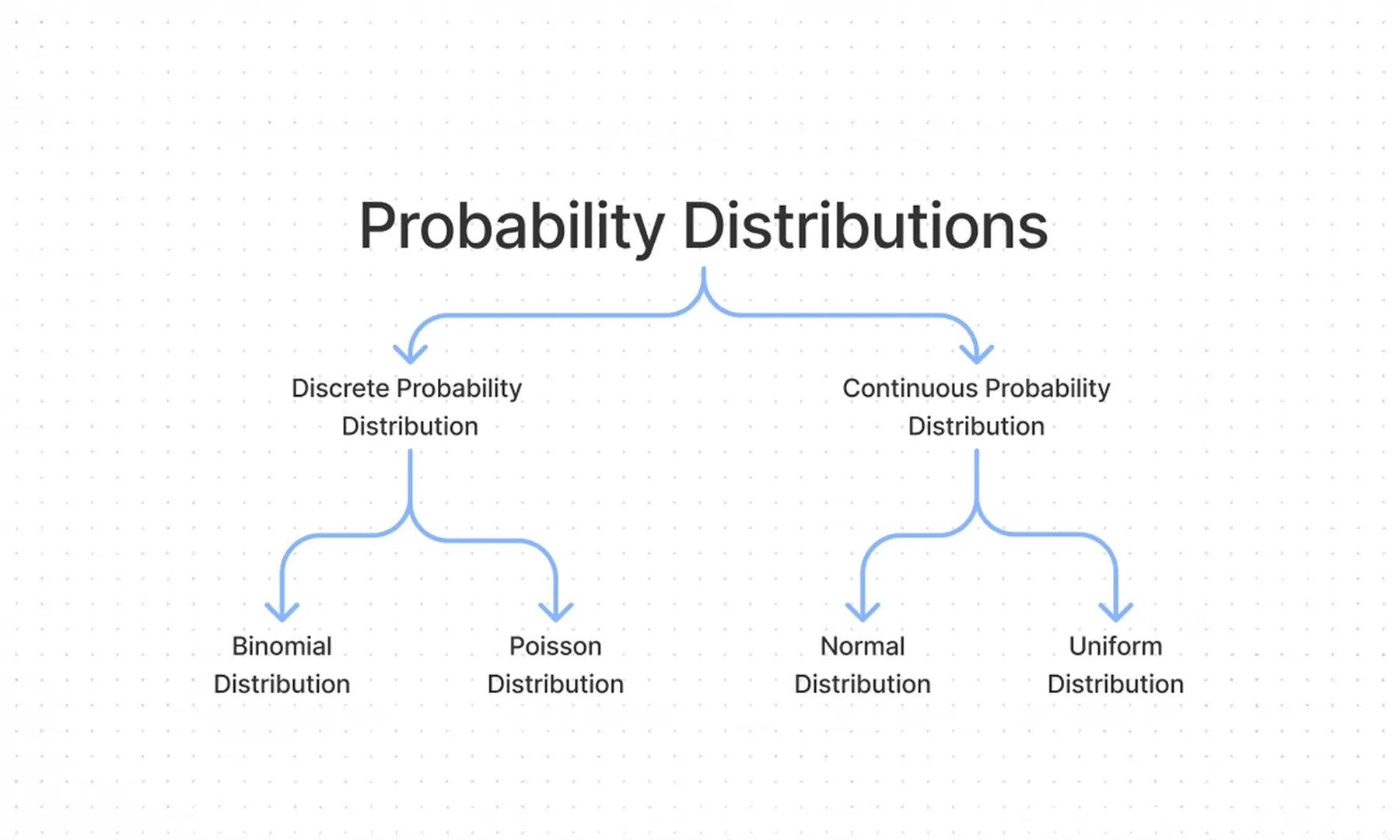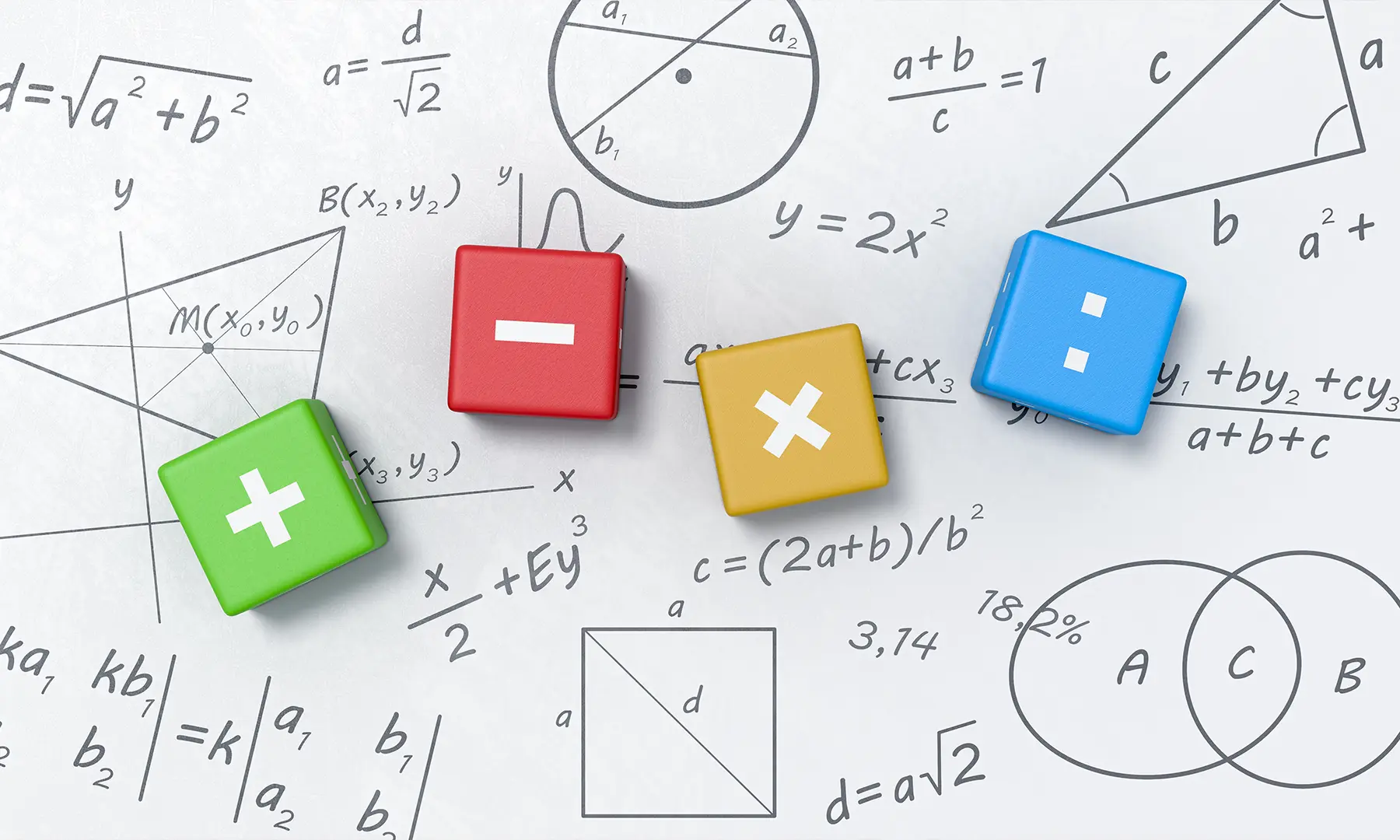Statistics tutor in Canada
Study Statistics with trusted tutoring support
Statistics tutoring with key academic specialities across Canada

Statistics taught in Canadian tutor classes
Statistics explored in Montreal, Toronto, Mississauga
Emmanuel taught 6 days ago
The session covered correlation and regression analysis, with the Student practicing calculations for Pearson's correlation coefficient, regression parameters (slope and intercept), and coefficient of determination. They focused on using a well-organized table to facilitate these calculations. The Student will complete remaining questions and send them to the Tutor for review.
Pearson Correlation Coefficient (r)
Simple Linear Regression Equation
Calculating Regression Parameters: a (y-intercept)
Calculating Regression Parameters: b (slope)
Coefficient of Determination (R²)
Garimidi taught 7 days ago
The Student received instruction on hypothesis testing, including null and alternative hypotheses, significance levels, and one-tailed versus two-tailed tests. The Student then worked through a problem involving strikeout rates in baseball, calculating the test statistic and interpreting the P-value. The next session will focus on reviewing earlier chapters of the textbook.
Null Hypothesis (H₀)
Alternate Hypothesis (H₁ or Hₐ)
Significance Level (α)
P-value
Critical Region (Rejection Region)
One-Tailed vs. Two-Tailed Tests
Standard Error
Emmanuel taught 7 days ago
The Tutor and Student practiced quadrat analysis, focusing on calculating the mean, variance, VMR, and K-square statistic to analyze spatial data. They also discussed the interpretation of VMR values to identify different spatial patterns. The student will continue working on a problem set and review correlation coefficients and regression parameters in the next session.
Mean Number of Points per Cell
Variance
Variance to Mean Ratio (VMR)
K² Statistic for VMR Test
Two-Tailed K² Test
Interpreting Spatial Patterns
Emmanuel taught 9 days ago
The session covered correlation analysis, including scatter plot creation, mean and standard deviation calculation, and computation of Pearson's correlation coefficient. The student practiced these concepts using a problem set relating commute time to stress levels. The tutor recommended focusing on time management during problem-solving for the upcoming exam and assigned additional homework on spatial patterns.
Scatter Plots
Mean Calculation
Sample Standard Deviation
Pearson's Correlation Coefficient (r)
Interpreting Correlation
T-statistic for Correlation
Significance Testing and Critical Values
Emmanuel taught 16 days ago
The Student and Tutor reviewed the concept of correlation, including its definition, types (positive, negative, and zero correlation), and calculation using the Pearson correlation coefficient. The Student practiced calculating the correlation coefficient with two examples and received a homework assignment to further practice these skills. The homework involves determining the type and strength of correlation, calculating 'r', and interpreting the results based on a dataset.
Definition of Correlation
Correlation Coefficient (r)
Interpreting r Values
Direction of Correlation
Pearson Correlation Coefficient Formula
Emmanuel taught 18 days ago
The Student and Tutor worked through an ANOVA problem. They practiced hypothesis testing, calculating means and variances, and interpreting F-statistics. They also reviewed how to use the F-distribution table to determine critical values and make decisions about rejecting or failing to reject the null hypothesis, with emphasis on exam strategies.
Null Hypothesis in ANOVA
Category Means & Variances
Between-Groups Sum of Squares (BSS)
Within-Groups Sum of Squares (WSS)
Degrees of Freedom (df) for ANOVA
Mean Squares (MS) Calculation
F Statistic and Hypothesis Testing
Statistics tutoring snapshots from Canadian classes
Total Statistics tutors
358 Statistics tutors available
Experienced Statistics tutors
Average 12 years of teaching experience
Statistics Tutor Qualifications
76% hold a Master’s or PhD degree
Why statistics in Canada feels harder than it looks
A subject that hides its complexity
On the surface, statistics sounds like it should be simple. After all, it’s just about analyzing data, something most students already interact with every day. But the way statistics is taught in Canada often tells a different story.
In high schools across Ontario and Alberta, students might encounter statistics as a short unit inside Grade 12 Data Management or Math 30-2. Topics like standard deviation, normal distributions, and probability are introduced quickly, often without deep application. By the time students reach university and face courses like PSYC2020 at York, ECON 222 at UBC, or BIOL 206 at McMaster, they’re expected to understand experimental design, statistical significance, and tests of inference, sometimes without ever having worked with real datasets before.
Not quite math, not quite theory
The gap is obvious. Statistics is not just a math course. It blends logic, uncertainty, and interpretation. You’re not just solving for x. You’re justifying why the data matters, when the results are significant, and what conclusions can actually be drawn. This feels especially foreign to students used to solving for exact answers. In statistics, there’s a confidence level, a margin of error, and always some uncertainty.
Canadian students also face an extra challenge: statistics is embedded across disciplines. A student in Montreal studying psychology must learn ANOVA and t-tests for lab reports. A health sciences major in Winnipeg uses chi-square tests in SPSS to analyze clinical survey data. Business students in Toronto model consumer behavior using regression in Excel or R. And in social sciences programs, students are expected to interpret data ethically, clearly, and defensibly, often in written assignments rather than equations.
Where tutoring meets real-world expectations
Tutoring becomes more than homework help. It fills the space between memorizing a formula and understanding what that formula reveals. It helps students prepare not just for exams, but for interpreting data in policy briefs, research theses, and applied projects. The value of a tutor lies in bridging stats theory with real Canadian academic expectations, the kind that show up in capstone projects, lab work, and even graduate entrance exams.


